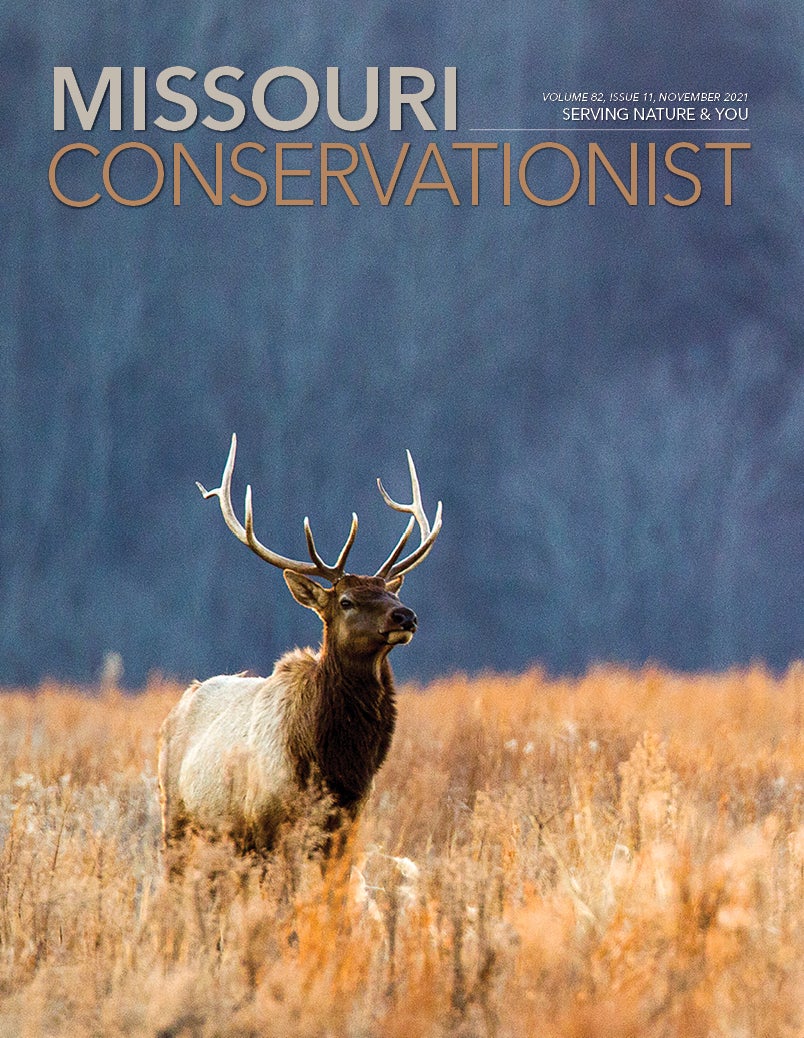Fisheries Science
Walleye Genetics
Physically, you can’t tell that walleye in the Black River basin of southern Missouri are different from other walleye. The females of the Black River-strain walleye tend to grow larger — up to 14 pounds — and their eggs are bigger, but the real difference is found in the walleye’s DNA.
“If we didn’t do this genetic work, we wouldn’t know this other walleye existed,” says Leah Berkman, MDC biometrician and geneticist. “This native strain would have been stocked over and it would have been lost.”
MDC biologists first discovered these native walleye through genetic testing in the 1990s. In 2017, Berkman began a study that expanded that early work. Collecting samples from a larger number of walleye and using newer techniques, she created a more finely tuned picture of genetic differences among walleye in Missouri and Arkansas. In addition to examining the Black River strain, her study aims to identify other native walleye populations in these states, filling in gaps about the species’ genetic distribution.
Before genetic differences among walleye were known, some Ozarks streams were stocked with Great Lakes-strain walleye, which could have affected the native population. However, less than 10 percent of walleye collected from the Black River basin were nonnative. This is good news because it shows that MDC’s current practice of stocking only the Black River strain in those streams has maintained that population’s unique genetics.
Berkman explains that genetic diversity matters “because you don’t know what the environment is going to throw at a species. The more variation it has, the more likely the species will be able to deal with things. Impacts from diseases could cripple a population with low diversity.”
Walleye Genetics at a Glance
Partners:
- University of Missouri
- Arkansas Game and Fish Commission
- Arkansas State University
Methods:
- Tail-fin clippings were collected from walleye during spawning from 2017 to 2020.
- DNA sequences from the clippings were compared to DNA of Great Lakes walleye.
Findings:
- Genetics of Black River walleye are significantly different from those of Great Lakes walleye.
- Tributaries of the Missouri River harbor native walleye that are closely related to Great Lakes walleye.
- Black River walleye are closely related to the Highlands walleye of KY and WV and were likely isolated when glaciers altered the landscape
And More...
This Issue's Staff
Stephanie Thurber
EDITOR
Angie Daly Morfeld
ASSOCIATE EDITOR
Larry Archer
PHOTOGRAPHY EDITOR
Cliff White
STAFF WRITERS
Dianne Van Dien
Kristie Hilgedick
Joe Jerek
DESIGNERS
Shawn Carey
Marci Porter
PHOTOGRAPHERS
Noppadol Paothong
David Stonner
CIRCULATION MANAGER
Laura Scheuler






















